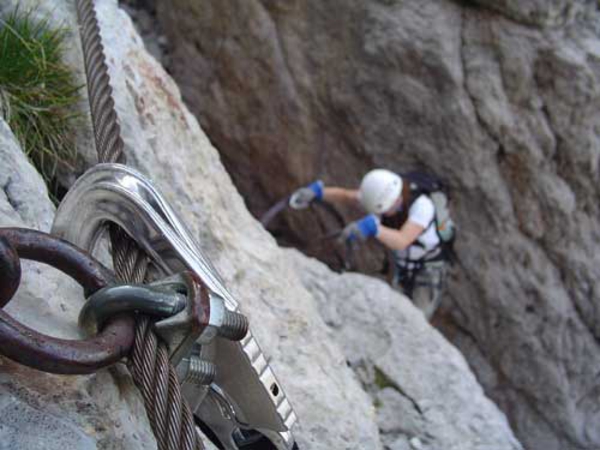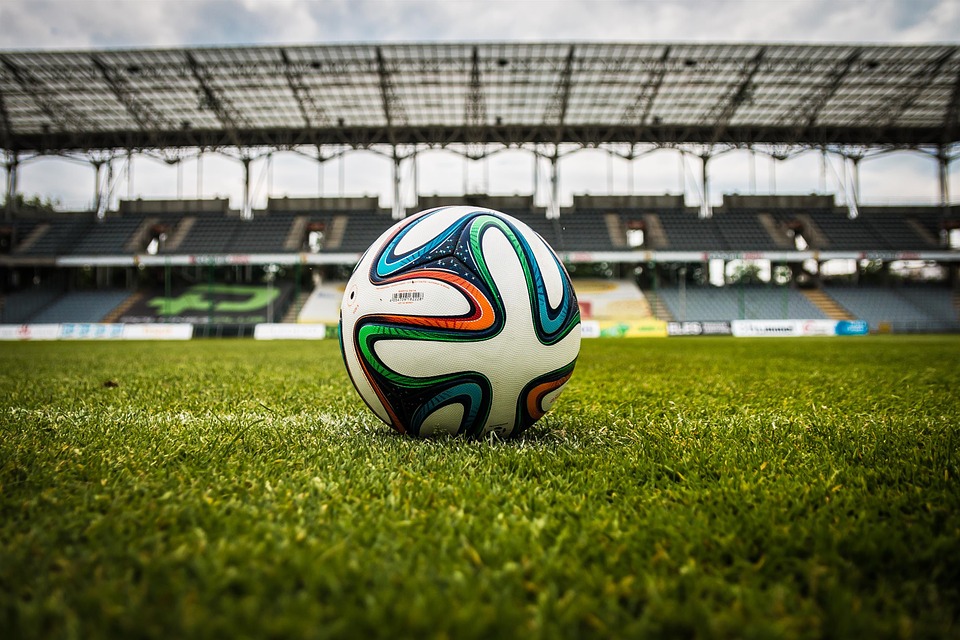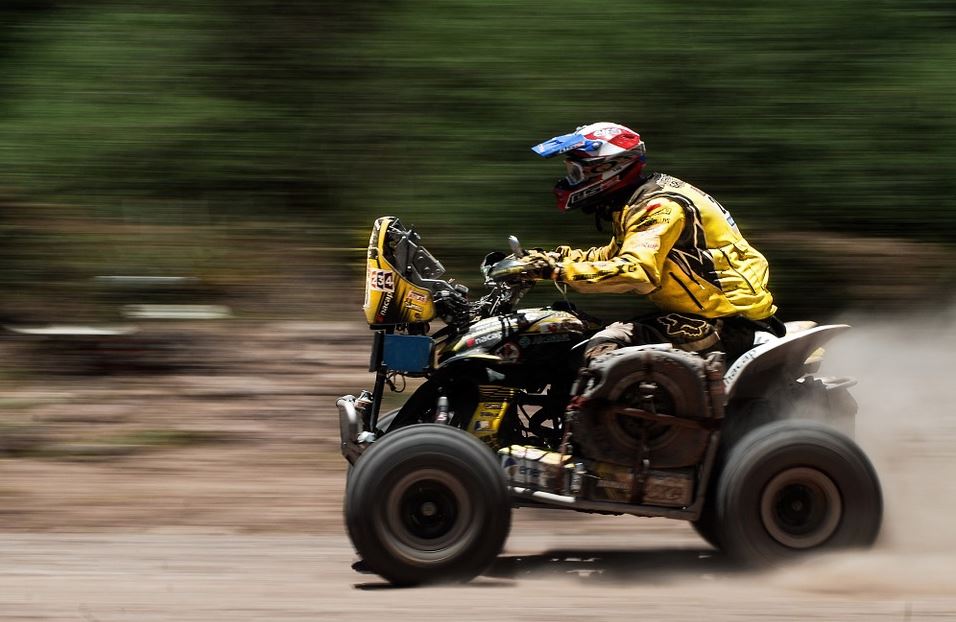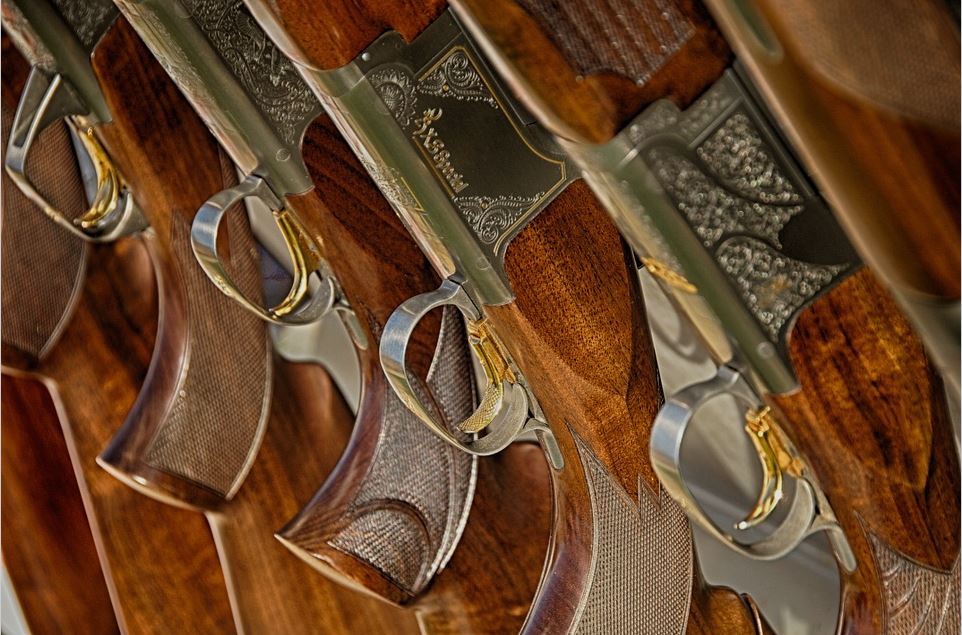One of the most rapidly increasing types of climbing is sport climbing. Generally speaking, it is more accessible to most people than conventional rock climbing, in terms of both the cost of climbing equipment and location. There’s a competitive but fun atmosphere amongst sports climbers and this, in combination with the immediate gratification that comes with complete several challenging routes in a single climb, means that sports climbing has become increasingly popular
What does Sport Climbing involve?
Sport climbing is less like a marathon and more like a sprint; it involves difficult, high intensity climbing on routes that are much shorter than those of traditional climbing. Some of its distinguishing characteristics include fixed anchors, pre-planned routes and a strong emphasis on the physical part of the climb, as opposed to the summit or the destination. In sports climbing, it is expected and very common for climbers to fall many times during the climb, as they try to work out the next best move to make. In traditional climbing, climbers will generally try to avoid falling and not place too much stress on the anchors they are placing.
Bolted Routes:
As the emphasis with sport climbing is firmly on the moves of the climber, they tend not to place their own protective gear, but instead clip some bolts that are preplaced, using metal hangers. It takes strength, energy and time to place protective gear and carry a full rack – energy and time which most sport climbers would prefer to spend on figuring out difficult climbing moves. One of the main reasons that sport climbing has become so popular amongst climbers is its versatility. They can find bolted routes on real rocks or on indoor artificial climbing walls. Climbers can also enjoy the fun of leading the climb without having to worry about how to place camming or chock devices.
Sport Climbing Equipment:
Sport climbing equipment tends to be streamlined and light, as it is aimed at efficiency and speed. Rather than using a full rack of protective gear, quickdraws are used. Padded harnesses are essential, however they need to be very light and sleek in design, yet provide sufficient padding to cushion the climber during the frequent falls that typically occur during sport climbs. In terms of footwear, thin soled slippers or slip lasted shoes are normally worn, so that the climber is able to feel even the smallest of wall or cliff features underneath their feet.
Quickdraw sets for this type of climbing include pre-attached sling and carabiner sets with one bent gate and one straight gate carabiner each. Chalk bags are another important piece of climbing gear; these are required for keeping climbers’ hands dry for the trickier moves. When it comes to bolts and bolt hangers, setting bolts on a new climbing route is rare, as many climbers feel that this practice spoils the natural integrity and beauty of the rock face. Nonetheless, some climbers still use bolts, with the help of specialist drills that fit the bolts, along with their hangers, into the rock.
Featured images:
- License: Creative Commons image source
This guest article was brought to you Urban Rock, the UK climbing specialists where you can get kitted our for all your sports climbing requirements.





